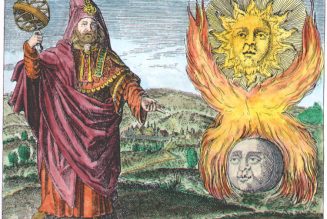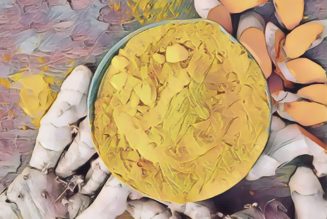As Christianity spread, it did not erase the old ways overnight. Instead, many pagan customs and traditions were adopted or transformed to fit the new faith.
For example, the festival of Yule, which celebrated the winter solstice and the rebirth of the sun, was merged with Christmas, the birth of Christ. The tradition of decorating with holly, ivy, and mistletoe—plants sacred to the pagans—became part of Christian celebrations.
The spring festival of Ostara, honoring renewal and fertility, was adapted into Easter. The use of eggs and hares, ancient symbols of new life, continued as part of the festivities.
Samhain, the festival marking the end of the harvest and the time when the veil between worlds was thinnest, evolved into All Hallows’ Eve, or Halloween. Customs such as lighting lanterns, honoring the dead, and dressing in costumes persisted, though their meanings shifted.
Even the timing and structure of Christian holy days often mirrored earlier pagan festivals, ensuring that the rhythms of the old calendar continued beneath new names.
Many early churches, such as Canterbury Cathedral, Westminster Abbey, and St. Paul’s Cathedral, were built on or near sites that had long been considered sacred by local people. Ancient wells, groves, and standing stones were often re-dedicated to Christian saints, blending the old with the new.






















